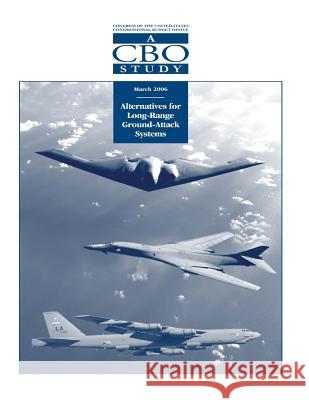Alternatives for Long-Range Ground-Attack Systems » książka
Alternatives for Long-Range Ground-Attack Systems
ISBN-13: 9781503109926 / Angielski / Miękka / 2014 / 74 str.
The United States maintains a considerable capability to attack ground targets with conventional weapons anywhere in the world. Air Force, Navy, and Marine Corps tactical aircraft deployed to forward locations can be used for ground attack, or "strike" missions, in the region where their bases or aircraft carriers are located, and a similar regional capability is offered by Tomahawk cruise missiles launched from submarines or surface ships. If air bases or aircraft carriers are not available in the region, long-range strike capability can be provided by the Air Force's smaller fleet of long-range bombers, which can conduct missions from more-distant bases, including ones in the United States. The performance of the bomber force in Afghanistan (Operation Enduring Freedom) and Iraq (Operation Iraqi Freedom) confirmed the value of long-range strike systems that are less dependent on having access to air bases close to the conflict. In Afghanistan, strike aircraft were forced to fly very long missions with extensive airborne tanker support-fighters typically had to refuel many times during a mission-because of basing and airspace restrictions in neighboring countries. In Operation Iraqi Freedom, the availability of air bases was limited, and the air bases in Kuwait were vulnerable to attack by Iraqi cruise and ballistic missiles. Although both air campaigns were successful, if air operations of greater intensity or length had been needed, those adverse circumstances might have posed problems. In contrast, longrange bombers contributed to the campaigns over great distances from secure bases by operating from places such as Diego Garcia, an island in the Indian Ocean.











